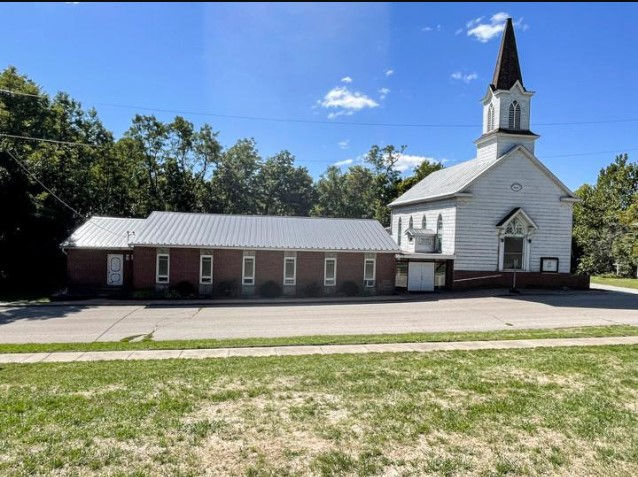Family History
- Joseph Johnstun
- Oct 2, 2023
- 1 min read
Updated: Mar 23, 2024
Family history work began for the Latter-day Saints here in Nauvoo. In mid-August 1840, Joseph Smith introduced baptism for the dead during a funeral sermon for Seymour Brunson. The doctrine gave hope
to loved ones of those who died without the Gospel of Jesus Christ.
From that sermon onward, Saints have traced their family trees to perform saving ordinances on their behalf of deceased ancestors as a literal fulfillment of Malachi’s Biblical prophecy: “And he shall turn the heart of the fathers to the children, and the heart of the children to their fathers.”
Jane Harper Neyman was the first person baptized on behalf of a deceased relative. On September 13, 1840, she asked Harvey Olmstead to baptize her for her son. Vienna Jaques was curious how the ordinance would be performed, so she rode her horse into the Mississippi River to watch and listen.
When Jaques later told Joseph Smith how it was performed, Smith replied, “Father Olmstead had it right.”
On January 8, 1845, descendants and relatives Phinehas Richards and Susannah Goddard Howe met at the Seventies Hall to see how many of their relations were in Nauvoo, and share genealogical records. Family and friends discussed how they were connecting living and dead family members through
“sealing” ordinances.


Comments